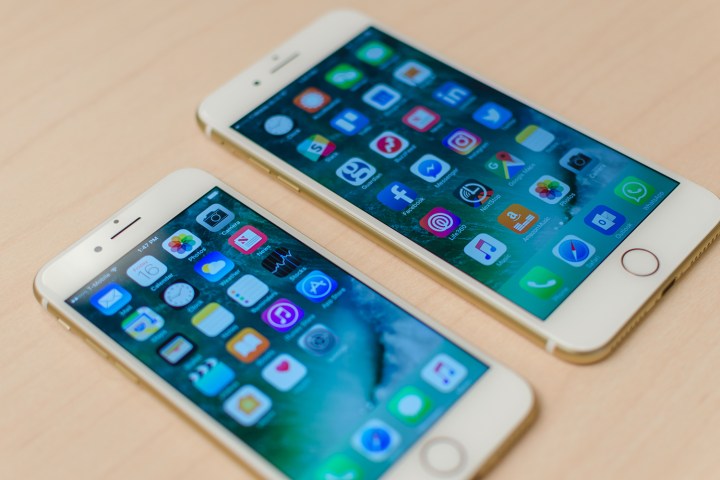
In the lawsuit, which was filed with the Los Angeles Superior Court, Ceja wants Apple to halt iPhone sales until the company pushes out a software update that includes a mechanism that would disable an iPhone until the trip is over. As for how the lock-out functionality can be implemented, Ceja points to a related Apple patent that was filed in 2008 and published in 2012.
The patent states that texting while driving has become an issue that law enforcement might not be able to fully eliminate. To this end, the patent describes a motion analyzer that lets a device know when it is in motion beyond a certain speed. There is also mention of several other ways how a lock-out mechanism might work, which include a scenery analyzer that looks at whether the device is in a safe operating area of a vehicle and the vehicle being able to send signals to a device to disable its functionality while the vehicle is in motion.
To that end, Ceja alleges that Apple willfully did not implement a lock-out mechanism out of a choice to emphasize its business over customer safety, a choice that he believes is an example of “unfair business acts and practices” under California’s Unfair Competition Law. Other than legal fees and costs, the lawsuit does not seek other forms of compensation, with a jury trial having been demanded.
Digital Trends reached out to Apple for comment on the lawsuit and will update if the company responds. However, Apple’s response to a similar lawsuit filed in 2015 indicated that the firm believes that the onus is on drivers to make sure they are not distracted by their phones.
“We discourage anyone from allowing their iPhone to distract them by typing, reading, or interacting with the display while driving,” Apple stated. “For those customers who do not wish to turn off their iPhones or switch into Airplane Mode while driving to avoid distractions, we recommend the easy-to-use Do Not Disturb and Silent Mode features.
A lawsuit filed in December 2016 made similar allegations, though they were directed toward a lock-out mechanism for FaceTime and not for the iPhone itself.
Editors' Recommendations
- This one Apple Fitness feature completely changed how I exercise
- An Apple insider just revealed how iOS 18’s AI features will work
- When will Apple release iOS 18? Here’s what we know
- Everything Apple says is wrong about the DOJ’s iPhone lawsuit
- We now know when Apple is adding RCS to the iPhone


